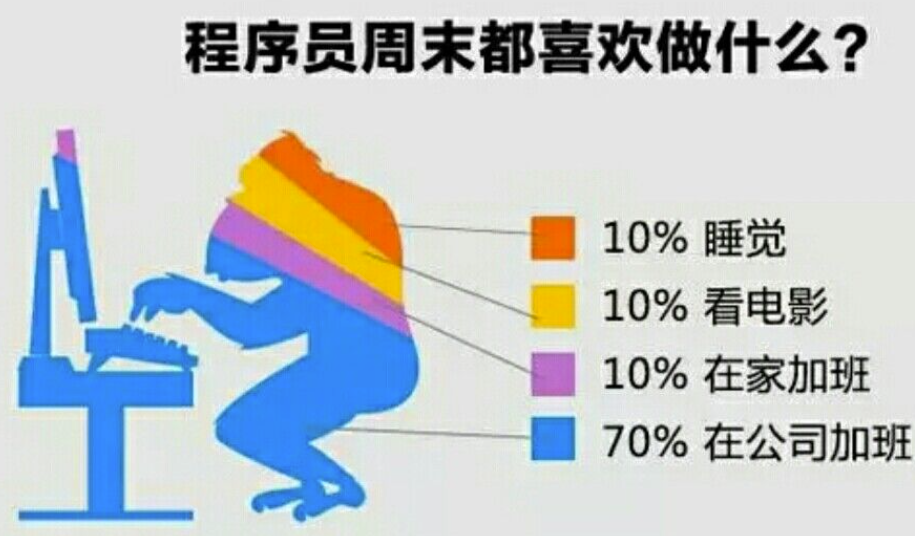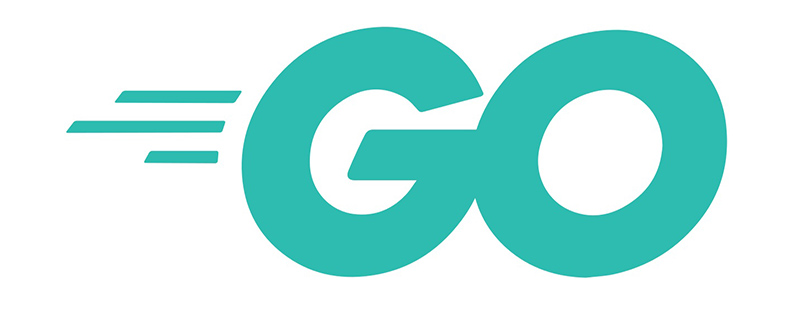要在使用QCustomPlot库绘制曲线图时,实现鼠标滑到坐标点时显示坐标数据,可以按照以下步骤进行:
- 导入QCustomPlot库:
#include <QCustomPlot>
- 创建QCustomPlot对象并设置画布大小:
QCustomPlot *customPlot = new QCustomPlot(this);
customPlot->setFixedSize(400, 300); // 设置画布大小为400x300(可根据需要调整)
- 添加曲线图数据:
// 假设有x和y的数据数组
QVector<double> xData, yData;
// 添加数据到曲线图
customPlot->addGraph();
customPlot->graph(0)->setData(xData, yData);
- 启用鼠标交互和跟踪功能,并创建一个带有显示文本的自定义标签:
customPlot->setInteraction(QCP::iRangeDrag, true); // 允许拖动范围
customPlot->setInteraction(QCP::iRangeZoom, true); // 允许缩放范围
// 创建一个自定义的文本标签,用于显示坐标数据
QCPItemText *textLabel = new QCPItemText(customPlot);
textLabel->setPositionAlignment(Qt::AlignTop | Qt::AlignHCenter);
textLabel->position->setType(QCPItemPosition::ptAxisRectRatio);
textLabel->position->setCoords(0.5, 0); // 显示在画布顶部中心位置
// 设置文本样式
textLabel->setText("Hover over a point");
textLabel->setFont(QFont(font().family(), 12));
textLabel->setPadding(QMargins(8, 4, 8, 4));
textLabel->setPen(QPen(Qt::black));
textLabel->setBrush(QBrush(Qt::white));
- 连接鼠标移动事件的信号和槽函数,并在槽函数中更新坐标数据:
// 连接鼠标移动事件的信号和槽函数
connect(customPlot, &QCustomPlot::mouseMove, this, [customPlot, textLabel](QMouseEvent *event) {
// 获取鼠标所在位置的像素坐标
QPoint pos = event->pos();
// 将像素坐标转换为画布坐标系下的值
double x = customPlot->xAxis->pixelToCoord(pos.x());
double y = customPlot->yAxis->pixelToCoord(pos.y());
// 更新文本标签显示的坐标数据
QString labelText = QString("X: %1\nY: %2").arg(x).arg(y);
textLabel->setText(labelText);
// 更新文本标签位置,使其始终显示在画布顶部中心位置
double rectWidth = customPlot->axisRect()->width();
textLabel->position->setCoords(rectWidth / 2.0, 0);
});
// 设置鼠标跟踪功能,实时显示当前坐标数据
customPlot->setMouseTracking(true);
- 最后,将QCustomPlot对象添加到窗口或其他需要展示的部件中:
customPlot->replot(); // 重新绘制曲线图
通过以上步骤,您可以使用QCustomPlot库在C++中实现鼠标滑到坐标点时显示坐标数据的功能。根据您的具体需求,您可能需要进行一些调整和修改来适应您的程序。
内容由零声教学AI助手提供,问题来源于学员提问










![/data # iw --debug dev wlan0 connect -w "lucky-5g" auth open key 0:1234567890
Usage: iw [options] dev connect [-w] [] [] [auth open|shared] [key 0:abcde d:1:6162636465] [mfp:req/opt/no]
Join the network with ...](https://linuxcpp.0voice.com/zb_users/upload/2023/05/202305162239148267954.png)
![驱动代码
void kalRxTaskletSchedule(struct GLUE_INFO *pr)
{
static unsigned int num = 0;
tasklet_hi_schedule(&pr->rRxTask[(num++)%NR_CPUS]);
// tasklet_hi_schedule(&pr->rRxTask);
DBGLOG(HAL, ERROR,](https://linuxcpp.0voice.com/zb_users/upload/2023/05/202305162226144313964.png)







